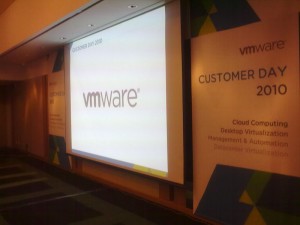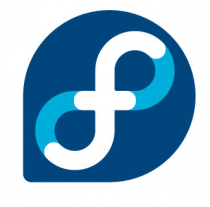 On Friday, September 10th, I attended VMWare Customer Day 2010 Korea, which was held at COEX Intercontinental Hotel, Seoul. Even though it has been a while past the event, I would like to share some notes worth sharing, combined with my personal thought about substantial content found in the talks I listened to during the event.
On Friday, September 10th, I attended VMWare Customer Day 2010 Korea, which was held at COEX Intercontinental Hotel, Seoul. Even though it has been a while past the event, I would like to share some notes worth sharing, combined with my personal thought about substantial content found in the talks I listened to during the event.
As the event title suggests, the talks mostly covered introductory concept about cloud computing and virtualization as well as some promotional materials about VMWare products. This is coherent with the majority of the audience who came from the enterprises: IT staffs, ISV representatives, and company delegates. Three sessions were arranged for the whole event. The first session was a talk from Mike Sumner, the VMWare Asia Pacific SE Director. He talked about customer journey to IT as a service by riding the cloud and harnessing virtualization. Second talk about VMWare case studies was presented by Lee Mun-hyong, the Director of Channel and Alliance, VMWare Korea. The last session was delivered by Lee-Hyo, the head of VMWare Korea. He explained about vSphere 4.1 especially the new features in the release. The second and third session were presented in Korean so I only grabbed the general understanding and did not really grasp the details.
In his presentation, Mike talked about cloud computing as an emerging trend in the enterprise. He also explained key drivers and phases toward its adoption in the enterprises and an era of IT as a service powered by the cloud. He started with listing several IT challenges in the enterprise environment. The challenges he mentioned include the necessity to deliver more business value, the ability to move faster and stay ahead of the competitors, the competency to maintain secure and compliant environment, and the capability of maintaining a stable system. Legacy IT business model relies on infrastructure ownership and dedicated IT force. With the introduction of the cloud in the enterprise, CIO may consider the transformation from a pay-in-advanced system into a cloud-based, pay-as-you-go system.
Continue reading

